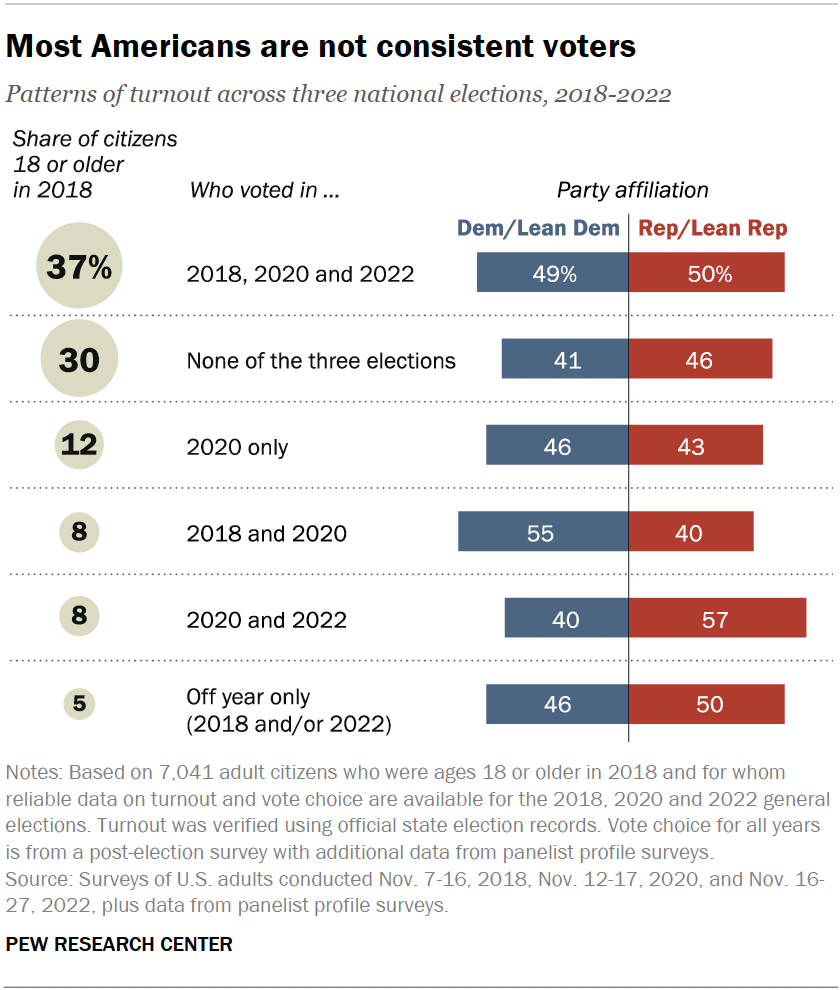Justice Department's School Desegregation Order Terminated: Implications And Future Of Desegregation

Table of Contents
Understanding the Historical Context of School Desegregation Orders
The history of school desegregation in the US is a complex and often painful one. For decades, state-sponsored segregation denied Black students equal access to education, perpetuating systemic inequality. The landmark Supreme Court case, Brown v. Board of Education (1954), declared state laws establishing separate public schools for Black and white students unconstitutional, marking a pivotal moment in the fight for civil rights. However, the implementation of Brown v. Board faced significant resistance, leading to the involvement of the Justice Department in enforcing desegregation through court orders. These orders played a crucial role in dismantling legally mandated segregation, though their effectiveness varied significantly across different regions and school districts. Many limitations existed, including difficulties in overcoming de facto segregation and ensuring equitable resource allocation.
- Key Legislation and Court Cases:
- Brown v. Board of Education (1954)
- Green v. County School Board of New Kent County (1968)
- Swann v. Charlotte-Mecklenburg Board of Education (1971)
- Civil Rights Act of 1964
- Elementary and Secondary Education Act of 1965
Immediate Implications of the Order's Termination
The termination of the Justice Department's school desegregation order has immediate and potentially severe consequences. A primary concern is the potential resurgence of school segregation, leading to a widening achievement gap between minority and majority students. Minority students, already disproportionately affected by inequitable resource allocation, may face further limitations in access to quality education, including well-funded schools, experienced teachers, and advanced courses.
- Potential Negative Consequences:
- Increased racial and socioeconomic segregation in schools.
- Reduced access to advanced courses and college preparatory programs for minority students.
- Exacerbation of the achievement gap between minority and white students.
- Legal challenges and potential lawsuits contesting the termination.
- Further disparities in school funding and resource allocation.
The Role of State and Local Governments in Maintaining School Integration
With the federal oversight diminished, the responsibility for maintaining school integration falls primarily on state and local governments. State legislatures must actively work to uphold equal educational opportunities by enacting and enforcing policies that promote school diversity. This includes reviewing and updating existing laws related to school assignment, transportation, and funding. Local school districts play a critical role in implementing these policies effectively, ensuring that all students have access to quality education regardless of their race or socioeconomic background. However, the capacity of local districts to implement and maintain desegregation efforts varies significantly depending on resources, political will, and community support.
- Examples of Successful State-Level Initiatives:
- California's efforts to promote school diversity through magnet programs and controlled choice plans.
- Massachusetts' initiatives to address racial disparities in school discipline and resource allocation.
- New York's focus on increasing diversity in gifted and talented programs.
The Future of Desegregation: Strategies and Challenges
Moving forward, achieving school integration requires a multifaceted approach that goes beyond legal mandates. Strategies for promoting school integration in the absence of federal mandates include: investing in community-based initiatives that promote intergroup understanding, implementing innovative school assignment policies that prioritize diversity, and addressing the root causes of de facto segregation, such as housing patterns and socioeconomic disparities. Community organizations and advocacy groups play a vital role in advocating for equitable education and holding local and state governments accountable for their actions.
- Innovative Approaches and Solutions:
- Expanding magnet school programs and other choice options to attract students from diverse backgrounds.
- Implementing controlled choice plans that prioritize racial balance in school assignments.
- Addressing housing segregation through fair housing policies and affordable housing initiatives.
- Investing in early childhood education to mitigate achievement gaps early on.
Conclusion: Charting a Course Towards Equitable Education After the Termination of the Justice Department's School Desegregation Order
The termination of the Justice Department's school desegregation order presents significant challenges, but it also presents an opportunity to re-evaluate and strengthen our commitment to achieving equitable education. The potential for increased school segregation and its detrimental effects on minority students cannot be ignored. The onus now rests heavily on state and local governments, community organizations, and individual citizens to actively promote school integration and ensure that all students have access to a quality education. We must continue the conversation surrounding the Justice Department's school desegregation order and its lasting impact, advocating for policies and initiatives that promote diversity and dismantle systemic inequalities in education. Contact your elected officials, support organizations working towards school integration, and demand accountability from those responsible for shaping educational policy. The future of equitable education depends on our collective action and unwavering commitment to achieving truly desegregated schools.

Featured Posts
-
 Reform Uks Survival In Question Five Critical Issues
May 03, 2025
Reform Uks Survival In Question Five Critical Issues
May 03, 2025 -
 Kunjungan Presiden Erdogan Ke Indonesia 13 Kerja Sama Ri Turkiye Disepakati
May 03, 2025
Kunjungan Presiden Erdogan Ke Indonesia 13 Kerja Sama Ri Turkiye Disepakati
May 03, 2025 -
 Why Do We Celebrate Pancake Day The History Of Shrove Tuesday
May 03, 2025
Why Do We Celebrate Pancake Day The History Of Shrove Tuesday
May 03, 2025 -
 Decoding The Political Moment Insights From Florida And Wisconsin Voter Turnout
May 03, 2025
Decoding The Political Moment Insights From Florida And Wisconsin Voter Turnout
May 03, 2025 -
 The Reform Party And The Snp Understanding Farages Strategic Choice
May 03, 2025
The Reform Party And The Snp Understanding Farages Strategic Choice
May 03, 2025
Latest Posts
-
 L Intelligence Artificielle Au C Ur Du Patriotisme Economique Europeen Selon Macron
May 03, 2025
L Intelligence Artificielle Au C Ur Du Patriotisme Economique Europeen Selon Macron
May 03, 2025 -
 L Annonce D Emmanuel Macron Depuis Le Gabon Quelles Implications Pour L Afrique
May 03, 2025
L Annonce D Emmanuel Macron Depuis Le Gabon Quelles Implications Pour L Afrique
May 03, 2025 -
 Rome Une Ingerence Francaise Dans Le Conclave L Ombre De Macron
May 03, 2025
Rome Une Ingerence Francaise Dans Le Conclave L Ombre De Macron
May 03, 2025 -
 Gabon 2023 Emmanuel Macron Enterre T Il La Francafrique
May 03, 2025
Gabon 2023 Emmanuel Macron Enterre T Il La Francafrique
May 03, 2025 -
 Le Role Presume De Macron Dans Le Choix Du Prochain Pape L Echo A Rome
May 03, 2025
Le Role Presume De Macron Dans Le Choix Du Prochain Pape L Echo A Rome
May 03, 2025
